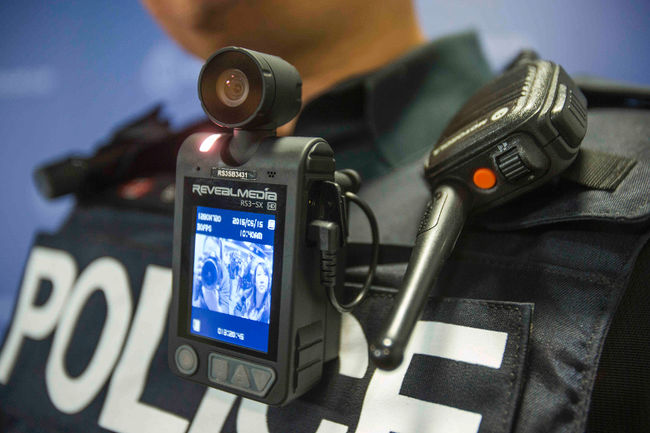
In an effort to help slow the number of complaints regarding law enforcement officials using unnecessary force, many cities turned to body cams. These tiny cameras were quite the investment, especially in smaller towns. These departments believed that being able to prove that their officers were not using unwarranted force would create a decline in complaints.
Numerus agencies adopted BWC (Body Worn Cameras) for other reasons also; evidence collection and crime scene documentation, witness, victim or suspect interviews, proving or disproving high profile incidents such as officer involved shootings and corroborating or impeaching court room testimony. Body worn cameras have been used to enhance ‘officer safety’ by being used as improvised pole cameras and search devices and as training devices to critique and debrief officer’s actions in training scenarios.
One of the Largest Police Forces in the Country
Washington, D.C. has nearly 2600 police officers alone. A recent study conducted in the area found that officers’ use of body cameras had no real impact on whether or not citizens filed complaints against those officers for using excessive force. Researchers from the Metropolitan Police Department and a D.C. group called the Lab @ DC conducted the study, and per their results, there were no significant statistical differences when the body cams were worn. Essentially, those thousands of body cams were an investment that provided little to no return for the nation’s capital.
The Theory that Body Cams Would Change Behaviors
Chief of Police in Washington, D.C., Peter Newsham, admits that he was surprised by the result. Newsham, along with others in the police force (and departments nationwide) have long assumed that if citizens were aware that an officer’s actions were being captured by a body cam, and if those recordings were admissible in court as evidence, there would be fewer complaints against officers for using excessive force. After all, it is not unheard of for people to claim an officer used excessive force as a means to get their cases dismissed.
Why Behaviors Didn’t Change
There’s plenty of research to show that body-worn cameras can change policing tactics substantially, and one study conducted in Rialto, California showed that the amount of force officers used while wearing the cameras dropped significantly. However, another study allowed officers to turn the cameras on and off at their discretion, and in these cases, incidents of force escalated. The officers themselves should be more aware of their actions when wearing cameras, which should suggest a decrease in the number of complaints related to force. However, in D.C., this simply didn’t happen. Newsham believes no statistical changes occurred because his officers were already using force appropriately and behaving as they should. However, any agencies body worn camera program must have policies and procedures in place which take into consideration citizen’s rights to privacy and 4th amendment considerations as well as established case law and rights of discovery in court.
Is There a Better Alternative?
Rather than simply monitoring officers’ behavior and expecting them to use force appropriately based on the potential disciplinary repercussions, there is evidence to suggest that more training is the right course of action to truly reduce use of force complaints. Better trained officers can anticipate situations and deescalate them without the use of force in many cases, whether or not a body cam is worn. This type of investment benefits cities far more; it helps to ensure that officers are prepared for their jobs and not simply concerned about disciplinary action stemming from complaints.
Recently Published
Join Our Newsletter







